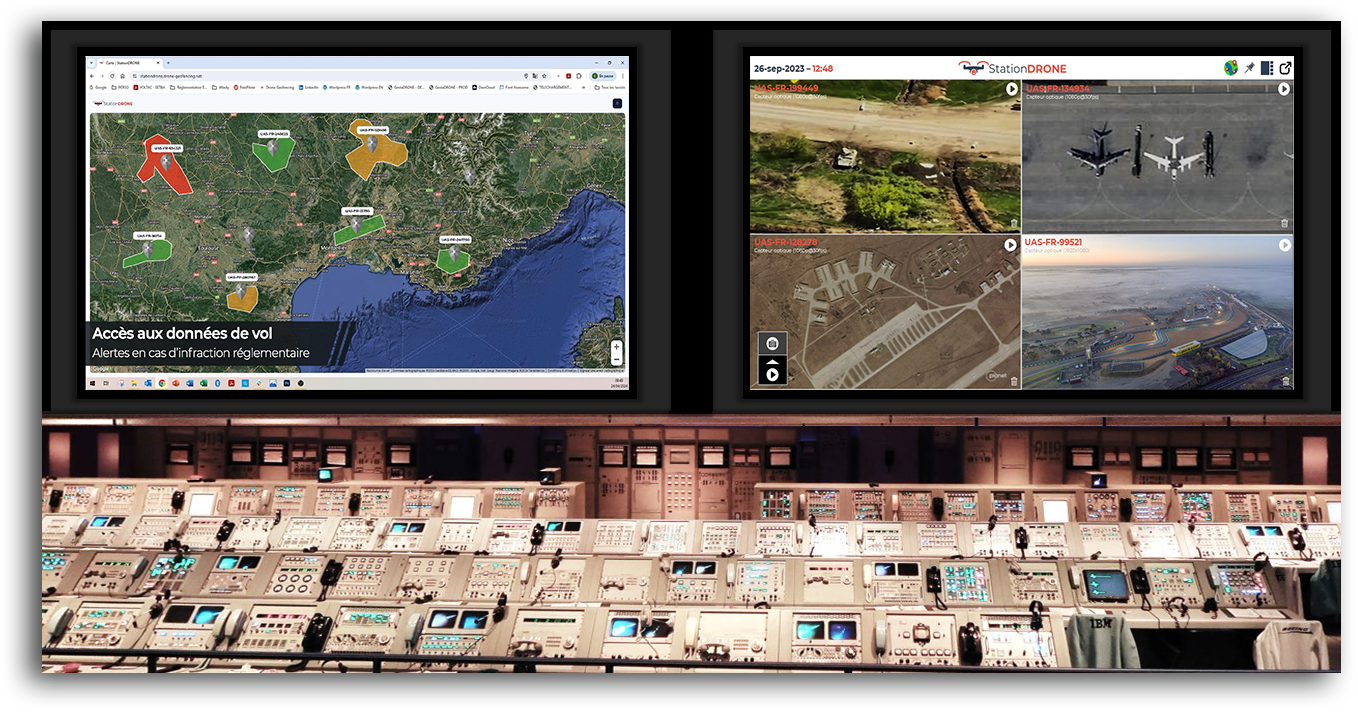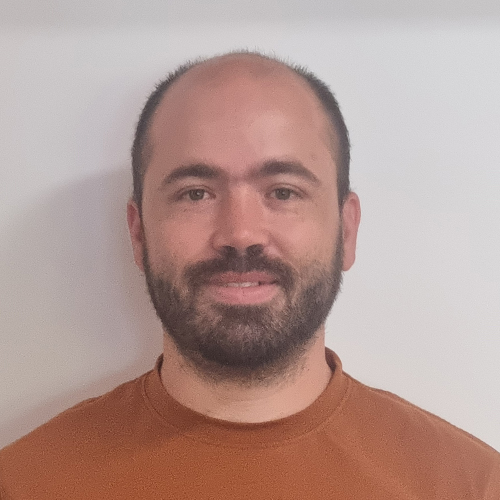How to qualify a service of aerial photography ?
Drones are mainly used for aerial photography. however, this image capture covers very disparate uses: real estate, building inspection, film shooting, etc…. involving different specifications from one service to another and, as a result, very variable price ranges that poorly explained.
In this post, I will try to list the main criteria to study and target to qualify a service that best meets your needs:
- Camera quality. Peripherals embarked on drones are equipped with video cameras with different technical characteristics. Even if many criteria have to be taken into account, I will come back here mainly to the level of resolution (HD 720 p, 4K, 8K, etc.) and the number of images/second taken (fps), which, apart from the quality of the video, have a strong impact on transmission (vector/ground) and storage space. Let us recall here that one minute of 8K video requires 2 GB of disk storage.
-
The stability and zoom capacity of the camera (focal length, etc.). The real question to be asked here concerns the nature of the exploitation of the shot. Do you want to exploit at the end images (work inspection for example) with a very strong zoom capacity and/or videos (making a film) with very wide angles of field so that the image magnification does not affect the perspectives).
- The stability and capacity of the vector(drone)/device(camera) to perform quality camera movements: panoramic, mechanical, optical, gyrostabilization, etc.
- The reactivity in collecting information: Should the image be used in real time or delayed?
- The quality of the geolocation of each frame of the video. For some missions, the coupling of the shot with data (timestamp, geolocation, camera angle of view, route followed by the drone) must be very accurate to allow during the analysis to synchronize the image with a Geographic Information System.
- The accuracy of the piloting command sent by the remote pilot/cameraman to the aircraft
So, what to do ?
In order to best meet your needs with the best quality/price ratio, it is then important to carefully analyse the content of the service offered by the drone operator. Five elements strongly influence the choice of the drone operator:
- The preparation of the mission upstream of the service. Within the framework of a cinematographic and/or institutional film, the production of a storyboard (definition of the video shot by shot with prior definition of the connections) is essential. In the framework of an inspection of an engineering structure, the positioning of the remote pilot on the zone must be well studied to optimize the flight time of the drone with useful shots.
- The characteristics of the video device used. The adjustment of a camera is made through six degrees of freedom (spatial position, rotation, angle of the shot). All the cameras developed have different intrinsic technical properties. It is advisable to study the characteristics of the on-board camera beforehand to ensure that it meets your specifications.
- The characteristics of the drone piloted within the framework of the service. It is true: the drone is a vector whose sole role is to carry a camera. However, it has a strong impact on the quality of the shooting in terms of camera stability and the precision of the 6 free movements of the camera.
- The number of operators (remote pilot and/or remote pilot/camera operator) assigned to the mission. The “double operator” solution allows dynamic video rushes which, during the post-production phase, will facilitate the implementation of better-quality connections.
- Finally, the provision of a local control room on the intervention site, which will guarantee better teamwork (remote control pilot, cameraman) during the shooting.



